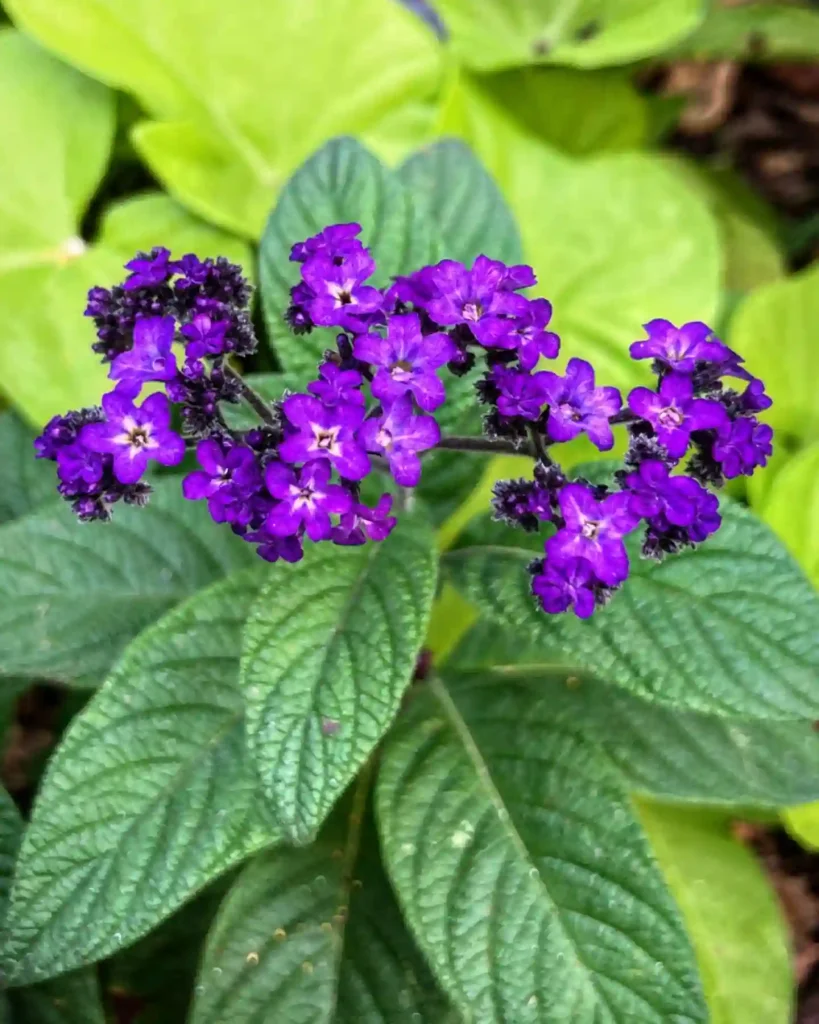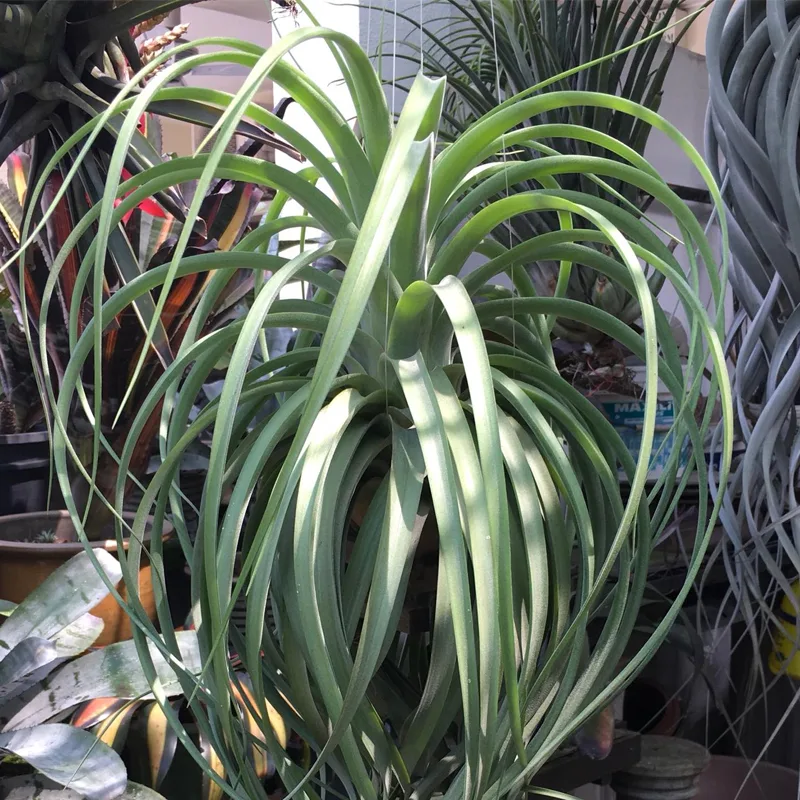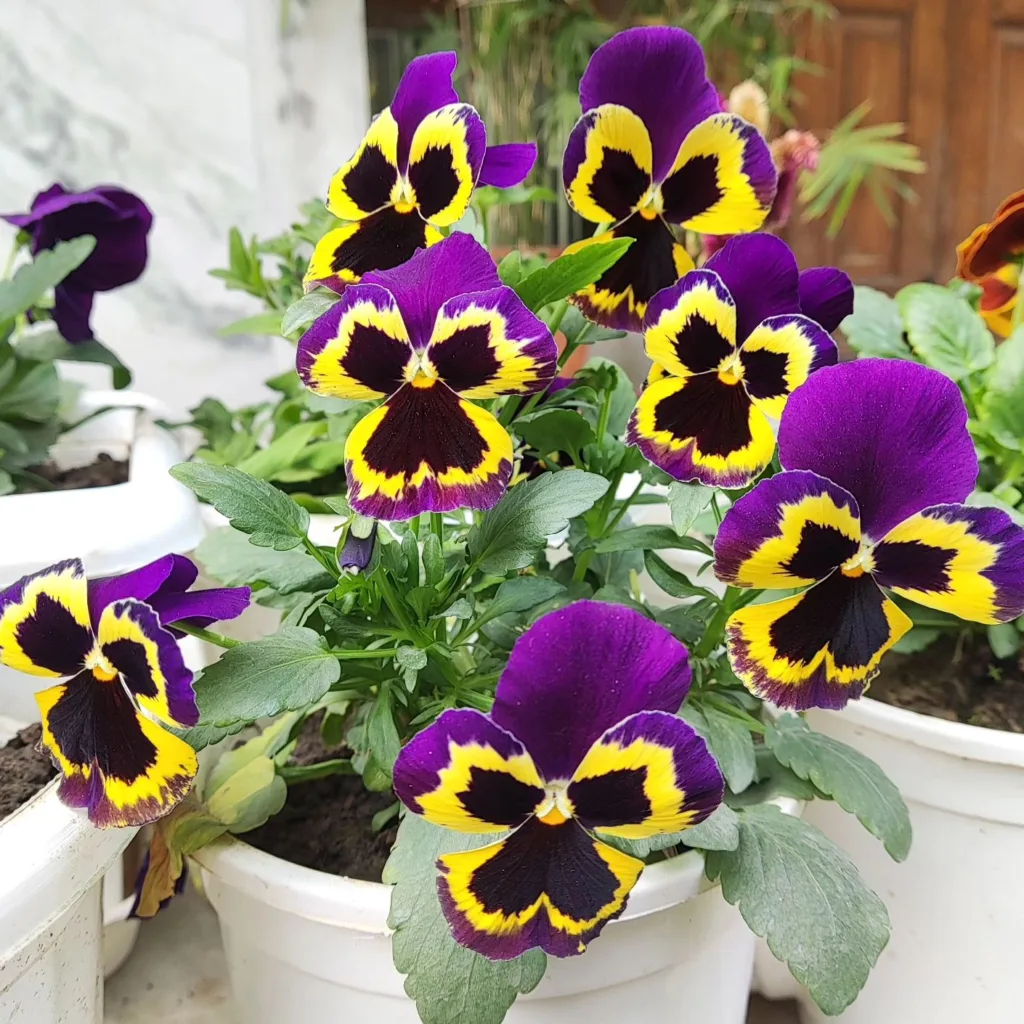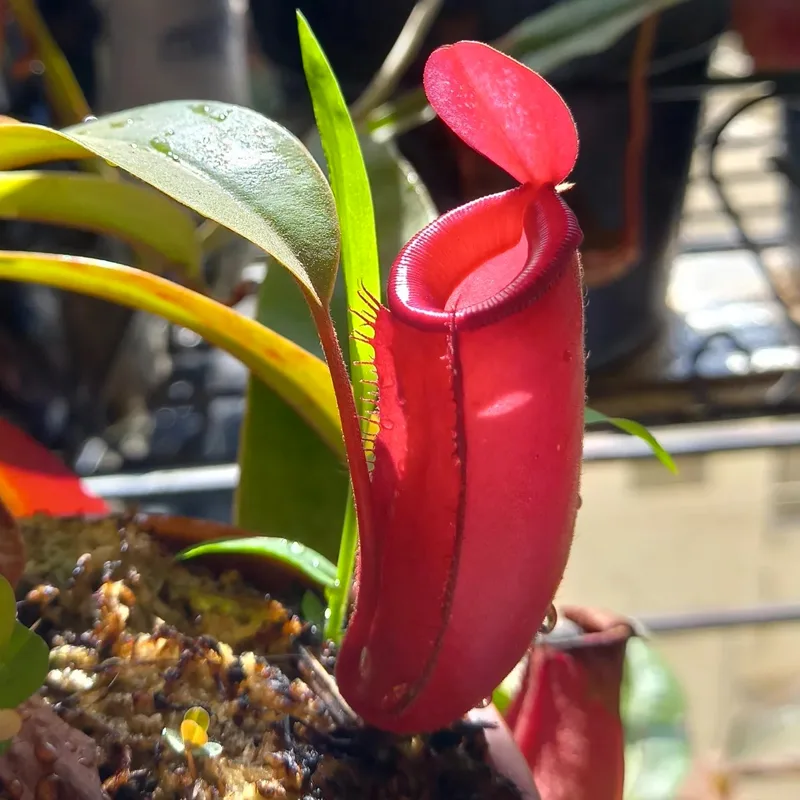My Fascination with Corsiaceae
As a passionate botanist, I’ve always been drawn to the enigmatic world of plant families. Among these, Corsiaceae holds a special place in my heart. This small but captivating family of flowering plants, native to Australia, boasts a unique combination of beauty, evolutionary significance, and ecological importance. Join me, Ferb Vu, as I delve into the intriguing world of Corsiaceae, exploring its characteristics, genera, and the reasons for my unwavering fascination.
Distinctive Characteristics
Corsiaceae is characterized by several distinctive features that set it apart from other plant families. Its members are predominantly herbs or subshrubs, often with a rhizomatous or stoloniferous growth habit. Their leaves are simple, alternate, and exstipulate, often exhibiting a distinctive venation pattern. The flowers, which are typically small and inconspicuous, are arranged in inflorescences that can be either terminal or axillary. They are actinomorphic (radially symmetrical) and bisexual, with a perianth consisting of four to six tepals. The androecium comprises a single whorl of stamens, while the gynoecium is syncarpous, with a superior ovary composed of two or three carpels. The fruit is a capsule or a berry, containing numerous seeds.
Genera of Corsiaceae
The Corsiaceae family encompasses a limited number of genera, each with its own unique charm. Let’s take a closer look at members:
- Corsia: The namesake genus of the family, Corsia is renowned for its striking orchid-like flowers. These terrestrial herbs are mycoheterotrophic, meaning they obtain nutrients from symbiotic fungi rather than through photosynthesis. They are typically found in rainforests and other moist habitats, where they add a touch of exotic beauty to the understory.
- Arachnitis: Another mycoheterotrophic genus, Arachnitis is characterized by its spider-like flowers, which lack chlorophyll and are often reddish or purplish in color. These elusive plants are rarely encountered, making them a prized find for any botanist.
- Corsiopsis: This monotypic genus comprises a single species, Corsiopsis chinensis, which is endemic to China. This herbaceous plant is distinguished by its small, greenish flowers and its preference for shady, moist environments.
Reasons for My Fascination
My fascination with Corsiaceae stems from a multitude of factors. First and foremost, I’m captivated by the family’s unique evolutionary history. Corsiaceae is considered to be an ancient lineage, with fossil evidence suggesting its presence as far back as the Cretaceous period. Its members have evolved a range of fascinating adaptations, including mycoheterotrophy, which allows them to thrive in nutrient-poor environments.
Secondly, I’m drawn to the ecological importance of Corsiaceae. Although the family comprises a relatively small number of species, its members play a crucial role in their respective ecosystems. As mycoheterotrophs, they form intricate symbiotic relationships with fungi, contributing to the nutrient cycling processes in their habitats. Furthermore, their flowers provide a source of nectar and pollen for pollinators, while their fruits and seeds serve as food for various animals.
Finally, I find the sheer beauty of Corsiaceae plants to be irresistible. From the orchid-like blooms of Corsia to the spider-like flowers of Arachnitis, each genus boasts its own unique aesthetic appeal. Their delicate forms and intricate details are a testament to the wonders of nature, reminding us of the incredible diversity and complexity of the plant kingdom.
In Conclusion
In the grand tapestry of the plant world, Corsiaceae may occupy a relatively small niche, but its significance is undeniable. This enigmatic family of flowering plants continues to captivate botanists and nature enthusiasts alike with its unique characteristics, evolutionary history, and ecological importance. As for me, Ferb Vu, my fascination with Corsiaceae knows no bounds. I’m constantly in awe of its members’ beauty, resilience, and the intricate relationships they forge with their environment. With each new discovery, my passion for this extraordinary family deepens, inspiring me to continue exploring the wonders of the botanical world.
If i die, water my plants!



